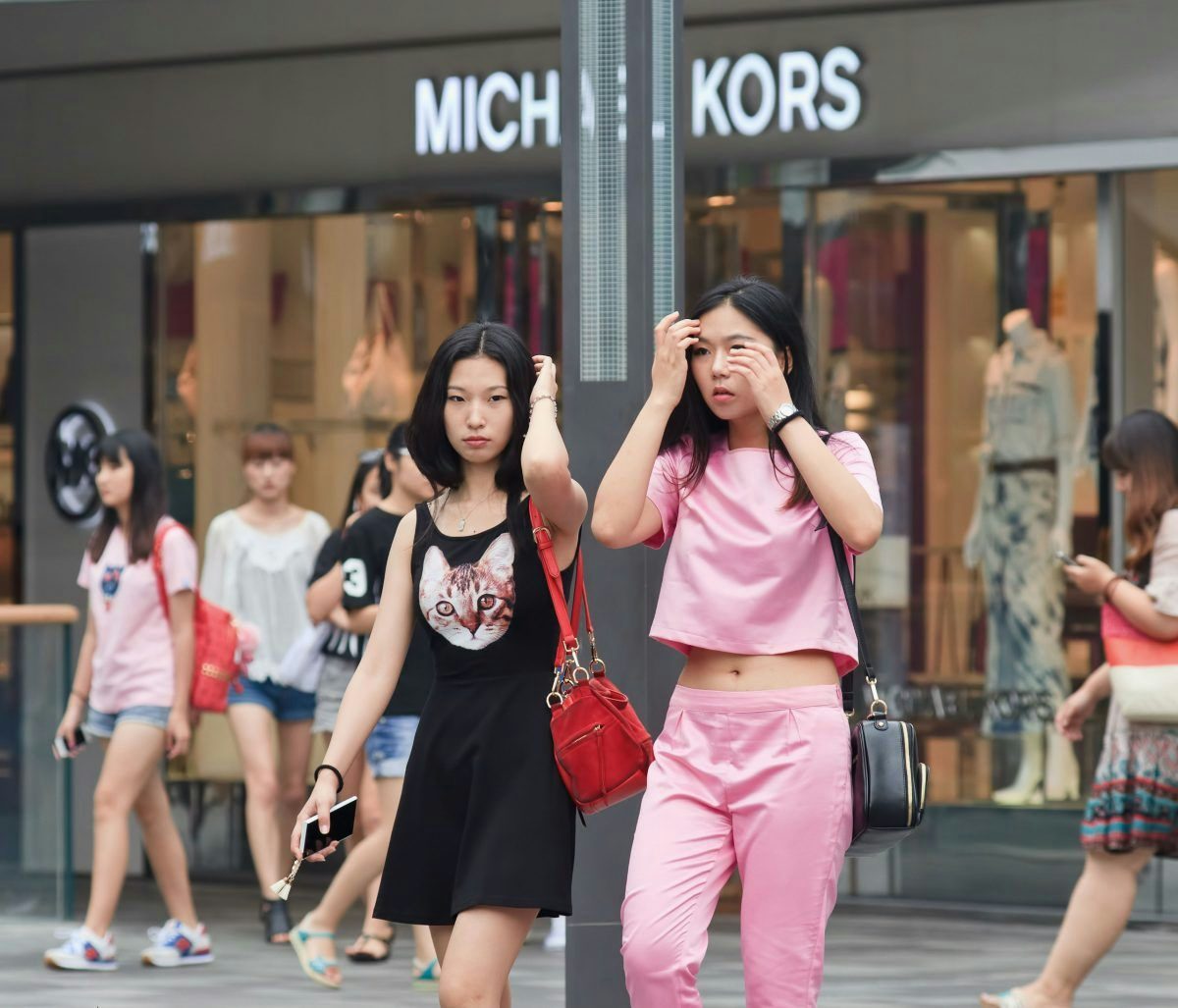Editor's note:#
The focus on a single feature has come to dominate the smartphone market in China. The same criticism can be leveled at other categories, including accessible luxury, writes Jerry Clode.
Like no other nation on earth, phones dominate life in China. People eat with them, walk with them, groom with them, buy with them, and can do almost everything else with them. In terms of time spent on their phones, the average Chinese millennial comfortably clocks up three or more hours a day.
To further enhance levels of phone intimacy, Tencent, Alibaba, and other tech giants are building digital ecosystems that make almost everything accessible from a smartphone. For most, life without a phone is simply unthinkable.
In a nation where your phone is central to so many experiences, you would expect mobile phone brands’ communications to be highly evolved and dynamic. A casual walk through China’s big cities reveals that the exact opposite applies.
A Category Without Differentiation#
Both global and local brand communications, without fail, focus on selfie quality. This one-feature reduction collapses billions of innovation dollars into a solitary communication trope. Phone brands take up premium outdoor spaces presenting the idea that ‘our products take the best selfies’. Irrespective of whether the selfie-taker is a celebrity or an average Joe, the message is stultifying similar.
Apple, with the highest price point among smartphones in the local market, has also fallen foul of the one-feature fixation. This month, Apple dropped out of the top four top-selling mobile phone brands, something I found particularly startling.
As part of my ethnographic interviews here in China, I have encountered many locals who collect every one of Apple’s new phones, proudly displaying them in their homes. However, I don’t expect this phenomenon to continue in an age of one-feature fixation. Simplifying communications to one feature appears to have made Apple lose engagement with Chinese consumers’ wider aspirations, triggering a fall in sales.
Importantly, it feels like the one-feature fixation is also gripping other categories, where implications could be even more severe. A casual browse of accessible luxury brands on WeChat reveals a similar level of simplification taking place. The handbag has become a stand-in for the brand. Like selfies, Chinese consumers enjoy handbags. However, if each brand is leading with a handbag, it leaves limited room for differentiation.
Local luxury and accessible luxury consumers have not inherited brand perceptions from their parents, often being the first generation to engage with the category. In this context, brands need to be more differentiated than in more mature markets.
If brands all gravitate to a single product that underpins all their communications, then consumers are unlikely to develop premium associations with individual brands.
As fast fashion and streetwear looks to ‘premiumize’ in the local market, accessible luxury needs to face the fact that, without change, it potentially falls into a state of non-differentiation. If current trends continue, expect consumers to retreat from accessible luxury in the same way they have retreated from Apple.
Jerry Clode is the Head of Digital and Social Insight, and Director of SMART–Research, Strategy and Naming, at Resonance China.


